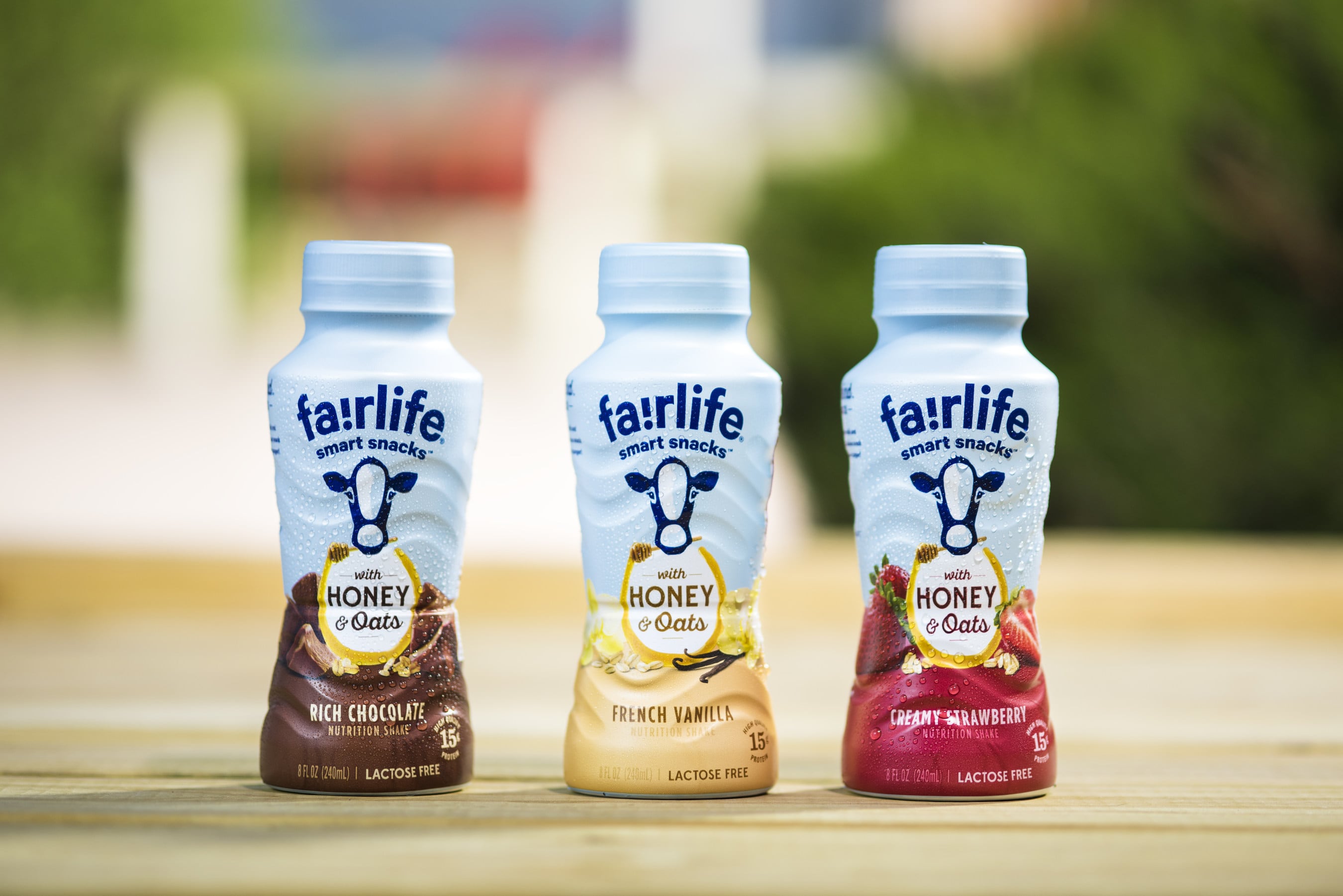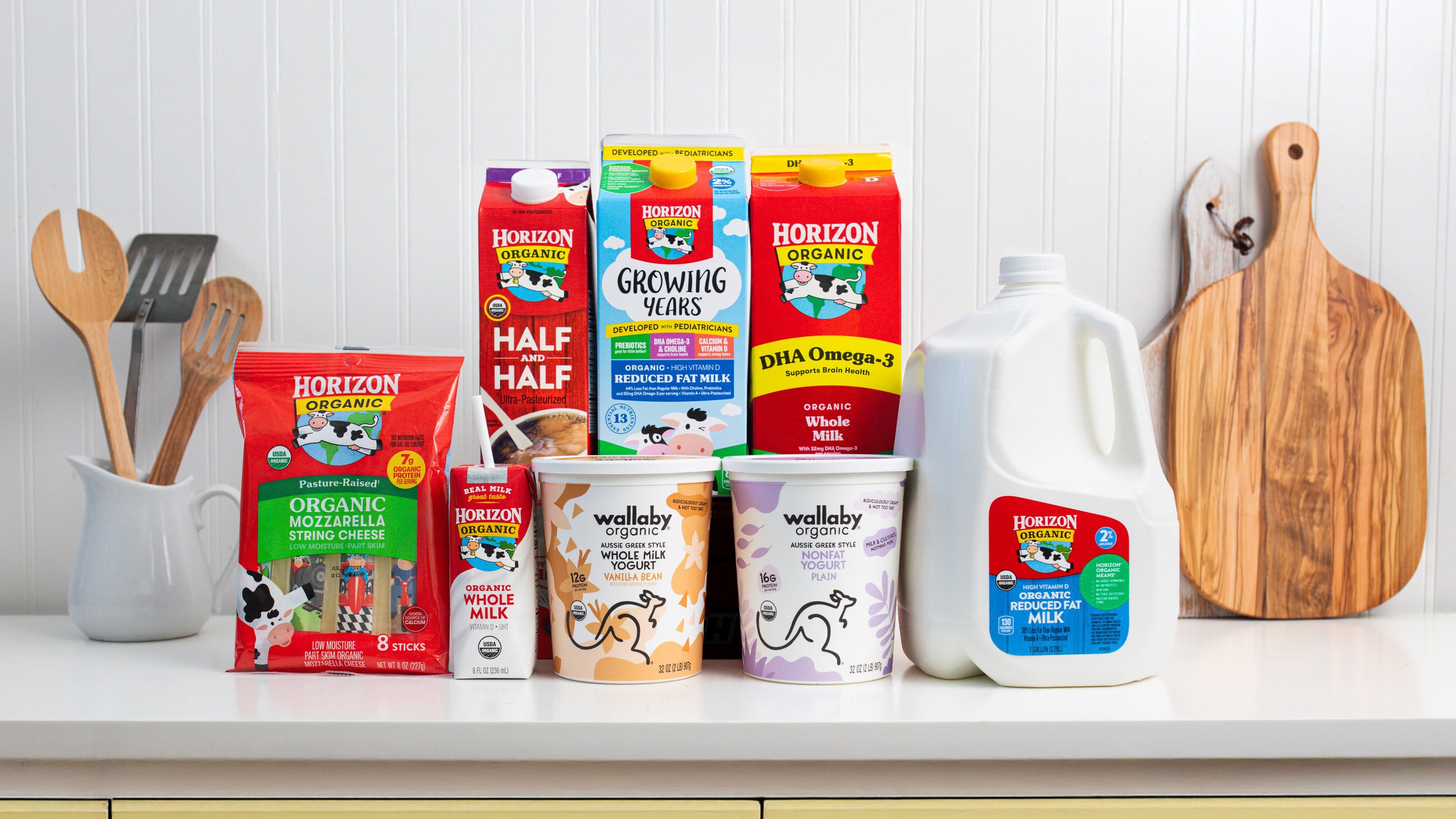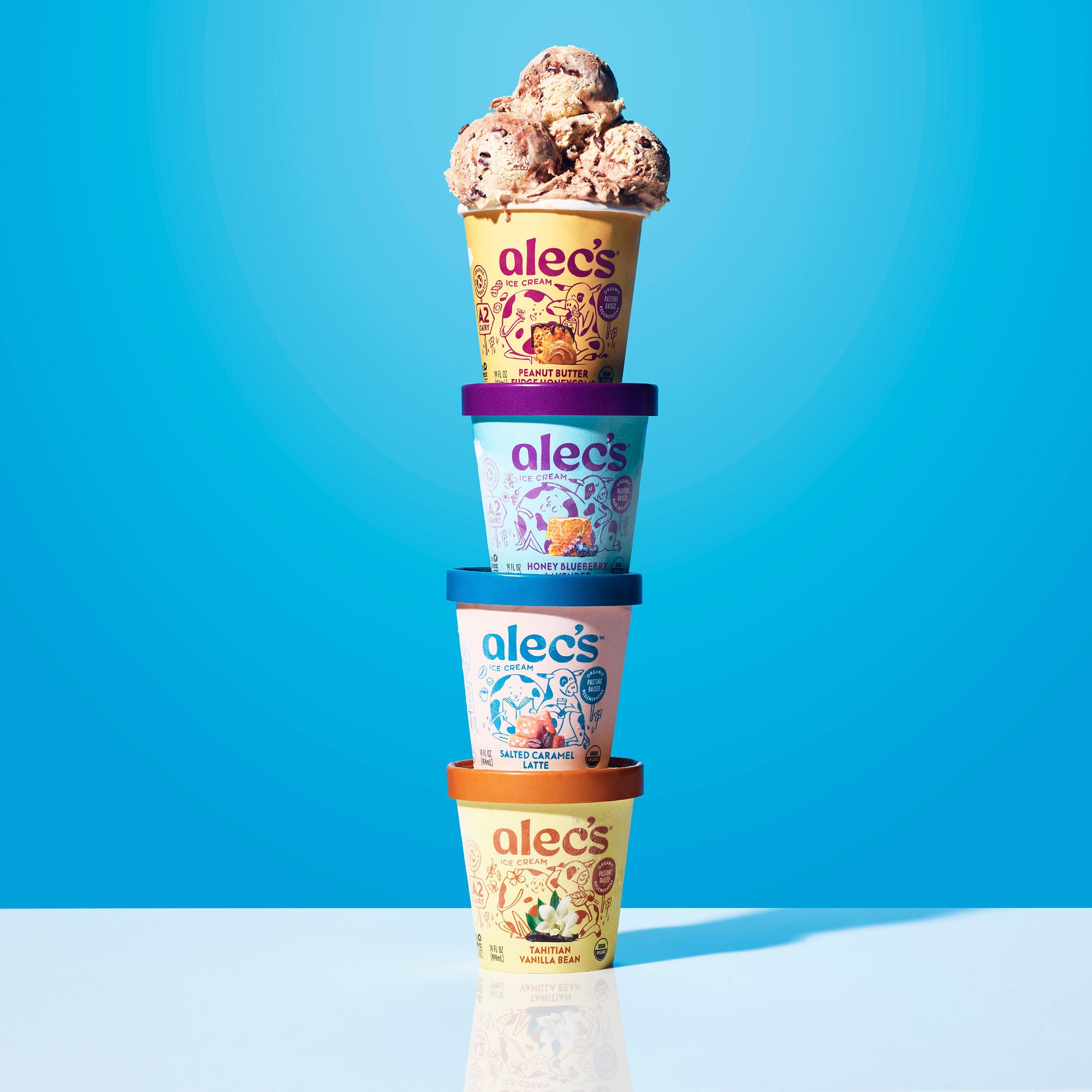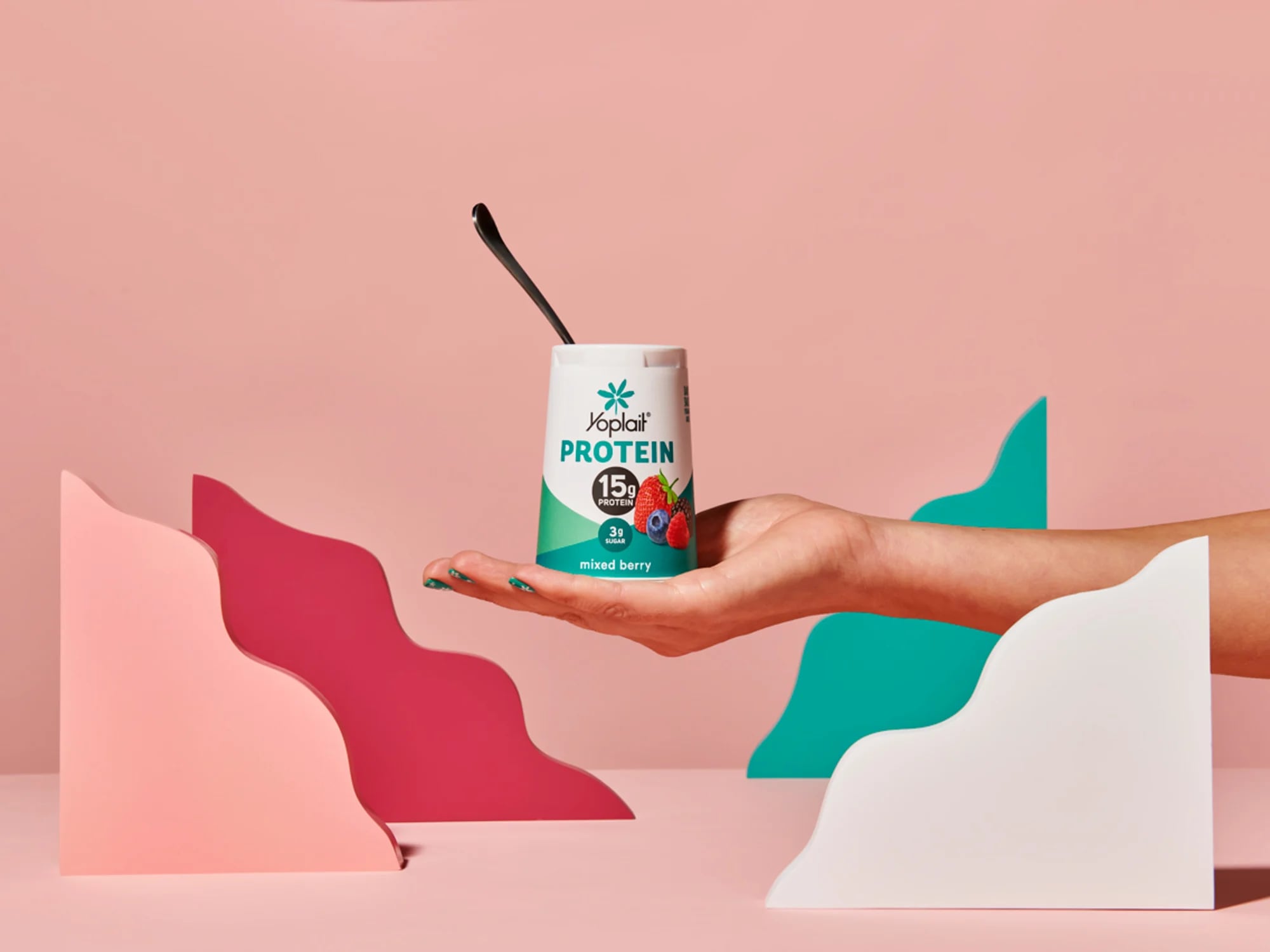Key takeaways
- Organic fluid milk sales have grown significantly, with their market share more than doubling from 2010 to 2024.
- Consumer perceptions of organic milk as healthier and cleaner, despite scientific debate, contribute to its appeal, alongside brand loyalty to upscale products.
- Growth opportunities exist in categories like yogurt and butter, particularly with innovative packaging like pouches and premium positioning to attract consumers.
- There’s potential for higher margins in organic products with unique attributes or additional label claims, such as “100% Grass Fed,” which can enhance consumer appeal.
- An opportunity exists for an “organic Fairlife” product that combines organic credentials with attributes like high-protein or lactose-free, although cost barriers remain.
- The defined supply chain and growth potential of organic dairy make it attractive to investors, with recent significant transactions highlighting continued interest.
US organic milk has experienced consistent growth and market share expansion in the last 15 years, becoming a category of strategic importance for brands keen to stand out with value-added propositions.
This growth and organic dairying’s uniquely defined supply chain have made the space attractive to investors too, with trade and private equity deals taking place in recent years.
Here’s what makes the category tick and where the opportunities lie.
What makes organic attractive
Organic fluid milk is the largest organic dairy category in the US, with around 65% of organic milk going into fluid, according to the Organic Trade Association.
The category has been an outlier at a time of consistent decline in milk consumption, with conventional milk sales down 21.3% from 2010 to 2024 according to USDA data cited by RaboResearch in its latest report, US organic milk production grows to meet rising consumer demand.
In the same period, organic fluid milk sales grew by 67.7% and their share of total fluid milk sales more than doubled, from 3.3% in 2010 to 7.1% in 2024.
Consumption has also risen gradually in the period, suggesting a consistent trend. In July 2024, organic fluid milk sales accounted for 7.6% of all fluid milk sold in the US.
RaboResearch senior dairy analyst and author of the report Lucas Fuess told us this uptick in consumption is “a long phenomenon that reflects on which products consumers are choosing” rather than ‘a math trick’ due to conventional’s declining share.
“Even though [organic fluid milk’s] market share has expanded, it’s not just because conventional milk sales have declined; the total volume of organic milk products is also growing. So it’s not just a math trick that organic is stagnating while conventional is declining, which creates increased market share – it is both volume growth and market share growth within that organic space.”
This growth is supported by increased organic milk production trend – RaboResearch estimates that production could exceed 6 billion pounds annually in the coming years, having already expanded at a healthy rate from 2021 to 2024/25.
Consumer perceptions around healthfulness and clean-label credentials also foster appeal, says Fuess. “There are certainly perceptions of a healthier type of product, even if science doesn’t necessarily agree with that. There are also brand loyalty drivers as well – certain upscale or more expensive brands can connect with people a little bit better.”
Growth drivers and emerging spaces
So what are the categories and formats driving growth in organic dairy – and where are the white spaces?
“In fluid milk and categories like yogurt with proven growth in the past, there is potential for additional growth looking ahead,” Fuess said. “This makes those spaces attractive to firms looking for growth categories, new types of brands, or product segmentation.
“I’ve seen increased buzz about yogurt in pouches,” he added. “It is typically marketed towards children right now, but the potential to market yogurt in pouches towards adults as a kind of grab-and-go product that is easy to eat [is there].”
For now, organic milk products marketed towards parents and/or children is where the game is at in this format. Pouches or tubes appeal to parents who are willing to spend up for products perceived as nutritionally superior or healthier, Fuess told us.
As for emerging categories, there is some potential in butter and to a lesser extent, cheese.
“Butter demand has increased steadily over the past few years,” Fuess said. “We have seen record-high pricing in the US in recent years. Americans have proven that they will pay up for specialty-type butters – the Kerrygold product from Ireland is an exceptionally strong performer, regardless of a price point that can sometimes be as much as double traditional or conventional butters.”
“Organic butter is one of those spaces that could see future growth – especially if a domestic product is positioned at a higher price point than conventional butter but cheaper than an imported European product.”
Lucas Fuess, RaboResearch
“It could find maybe a sweet spot there in pricing as well while also attracting consumers who are interested in exploring different brands, different types of butter, in that space.”
Cheese remains a small niche within organic and its growth potential may be limited due to competition from other sub-categories such as specialty. Perceptions around cheese being a processed product may also hamper growth.
“You don’t necessarily think back to the cow when you’re purchasing cheese,” Fuess said. “It’s softer or less-processed products like milk and yogurt where consumers can immediately infer back to the farm.”
“There are hundreds of different cheeses already at the grocery store shelf. Organic may have a difficult time standing out when there are already so many options within that space.”
As for driving profits through pricing, margin alone ‘has some attractiveness’ but is unlikely to be enough. “It’s not a tremendous amount of additional margin that can be captured, because your input costs are higher,” Fuess said. “At the same time, you can probably drive a little bit more value at the grocery store, so there is some attractiveness there from an overall margin perspective.”
He added: “There is potential for maybe slightly higher margins in some of these products, especially depending on marketing and branding.”
Here, additional label claims can play a key role. While ‘organic’ is a powerful differentiator in itself – with ‘USDA organic’ claims boosting sales of natural products according to research – additional claims can yield even better results.
“There are some organic products that ‘go the extra mile’ and carry ‘100% Grass Fed’ or other claims that are above and beyond the organic certification,” Fuess said.
An ‘organic Fairlife’?

The biggest opportunities in organic dairy remain in its biggest category, fluid milk. Here, brands can draw valuable lessons from conventional milk where, despite the category’s overall decline, a uniquely positioned offering can excel on the market.
For example, Coca-Cola’s Fairlife, the ultrafiltered conventional milk brand that majors on high-protein, lactose-free claims, has attracted swathes of health-conscious consumers in recent years.
The brand’s consistent growth – it breached $1bn in annual retail sales in 2021 and has continued to outpace all other types of milk in sales terms – is a testament to what consumers want: milk with special attributes regardless of the organic label, as Fuess explains.
“Fairlife has those defining characteristics: it’s something new and different, it captures a market of people who are looking for higher protein, lower sugar, longer shelf life. These characteristics are often a staple of organic products that are pasteurized in a different way than a lot of conventional products.”
So there could be a niche for an ‘organic Fairlife’ of sorts: a value-added product that addresses key consumer trends: while also benefitting from organic’s sustainability and health halo.
However, the extra cost of ultrafiltration and its maintenance requirements may be deterring brands from branching into this segment.
Organic Valley launched an ultrafiltered product back in 2019, but it has since been discontinued.
M&A potential: What’s in it for investors?
Organic dairy’s growth potential has attracted investors in recent years through both trade and private equity deals.
Danone’s sale of Horizon Organic and Wallaby to Platinum Equity in 2024 is ‘a significant transaction’ within that space, says RaboResearch; while Sartori Cheese bought the Rumiano Cheese Company this summer.
Organic dairy businesses are also attractive to investors due to their well-defined supply chain. “All assets are typically separate – it’s already almost naturally designed to be able to be sold or changed, or merged or divested between companies,” Fuess said.
There are also opportunities for portfolio diversification – adding an organic brand to a roster of conventional products, particularly where the organic category has a greater growth potential, can be a winning strategy, according to RaboResearch.




